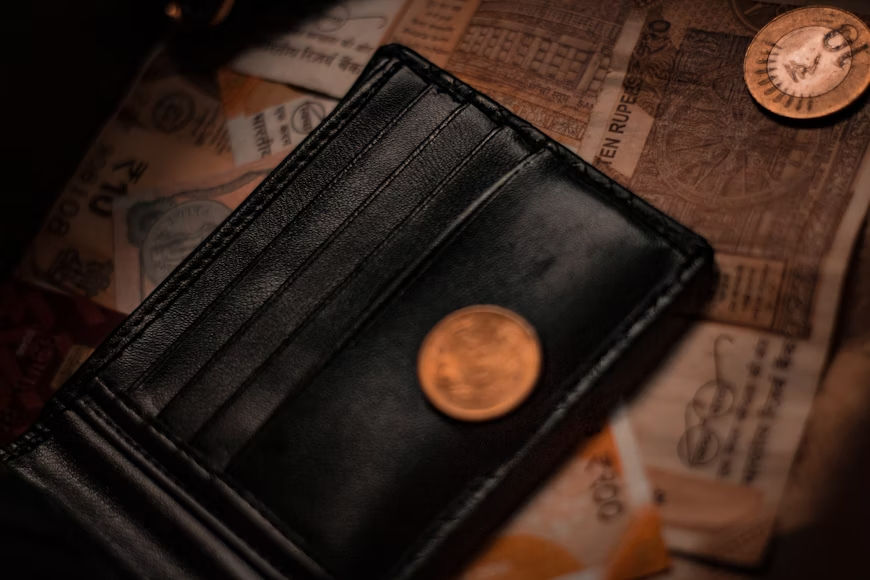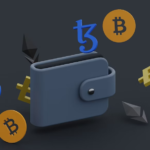For anyone planning to hold cryptocurrency for years rather than days, the choice of wallet matters more than why you bought the coin. When your goal is long-term investment, you need storage that stands up to evolving threats: cyber hacks, hardware failure, regulatory change, even physical coercion. This article walks through the key features you should look for, sets out what distinguishes “safe” from “risky” in crypto storage, and gives you a short list of wallet types and top examples worthy of a long-term investor’s portfolio.
Why wallet security matters for investors thinking long term
If you buy and sell frequently, convenience and speed may trump fortress-level protection. But if your horizon is five, ten, even fifteen years, the risk profile changes.
- A wallet may be compromised once today—and the cost is the loss of all funds. Long-term holdings amplify that risk.
- Over time, hardware degrades, interfaces evolve, support disappears. A wallet you pick today must remain viable and recoverable in years.
- Threats are no longer just digital. According to recent reports, “wrench attacks” (physical coercion) are rising in crypto.
- Best practice shows cold storage (offline devices) dramatically reduces exposure compared to connected wallets.
Thus, for long-term investors, wallet choice isn’t a trivial detail—it’s foundational.
What makes a crypto wallet “safe” for long-term holding
Before choosing a wallet, check that it meets several core criteria. These apply whether it’s hardware, mobile, or custodial.
1. Private key control
You must hold the private keys (or multisig access) rather than relying entirely on a third-party custodian. If an exchange fails, you want legal and technical control of your assets.
2. Cold storage or offline capability
Wallets that disconnect from the internet during storage reduce the surface for hacking. Hardware wallets, air-gapped setups, or cold wallets win here.
3. Secure backup and recovery plan
Long term means you or your heirs must be able to recover funds if things happen. Reward firmware updates, open-source code, hardware security elements, recovery seeds stored securely: all matter.
4. Reputation, audit history, ongoing support
A wallet brand that has been hacked or lost support is a red flag. Look for strong user reviews, independent audits, and a track record of responsiveness.
5. Asset diversity and staking capability (optional)
While the prime concern is security, long-term investors may still want to support staking, multiple assets, or even multi-chain support—without sacrificing safety. Some wallet providers balance convenience with security.
6. Physical security & prudent usage practices
Too many invest in a great wallet but neglect the physical security of the seed phrase, PINs, or device. This is especially vital in jurisdictions where theft or coercion is a threat.
Wallet types: pros and cons for the long-term investor
Hardware wallets (cold wallets)
Pros: Private keys stored offline; immune to remote hacks; some support multi-sig and air-gapping.
Cons: Physical device can be lost, stolen, damaged; you must securely store recovery seed; cost.
According to multiple guides, hardware wallets like the Ledger Nano X and Trezor Model T are widely recommended in 2025.
Mobile or desktop software wallets
Pros: Convenient, easy access, sometimes staking built-in.
Cons: Always online, greater hacking risk, device OS vulnerabilities.
Useful for active management or small holdings—but large portfolios should not rely solely on software wallets.
Custodial wallets/third-party storage
Pros: Often very user-friendly, insured in some cases, no hardware to manage.
Cons: Counterparty risk is high. If the custodian fails, you may lose funds or face difficult recovery.
Long-term investors might use custodial storage as a backup channel—but should treat it skeptically for large holdings.
Top wallet examples for long-term investments
Here are some specific wallet solutions that align with the long-term investor profile.
Ledger Nano X
One of the most-cited hardware wallets for longevity. It supports 5,500+ coins, uses Bluetooth/mobile app, and has strong security certification.
While some critics note Bluetooth could increase risk, the offline key storage remains a major plus.
Trezor Model T
Highly secure, open-source hardware wallet. Users appreciate transparency and wide asset support.
It lacks Bluetooth but for a long-term “cold” device that’s actually a benefit.
Tangem Wallet
An unconventional but promising wallet: a contactless card-style hardware wallet with no seed phrase needed in the traditional sense.
Its simplicity and non-custodial profile make it appealing for long-term holders who want minimal management.
Best practices for securing your long-term crypto holdings
- Buy hardware directly from the manufacturer. Avoid second-hand devices—they may have been tampered.
- Write down and store your seed phrase safely, preferably in fire-proof, tamper-evident conditions. Consider multiple locations or safe deposit boxes.
- Keep firmware/software updated, but avoid speculative “beta” features for long-term storage.
- Use multi-signature setups where possible. Distribute keys across locations or trusted parties for redundancy.
- Avoid large balances on devices connected to the internet. Keep only what you may need for active use in hot or software wallets.
- Plan for heir access or disaster recovery. Make sure someone you trust knows how to access the device or seed if needed.
- Maintain good physical security hygiene. Don’t advertise that you hold crypto. Threats now include physical theft or coercion.
- Regularly verify device integrity. Make sure you have backup copies and that the recovery works—not just today, but years into the future.
What to avoid
- Cheap or no-brand hardware wallets with unknown track records.
- Storing large sums on custodial platforms without withdrawal options.
- Keeping seed words in digital form (unencrypted file, cloud storage) as a long-term strategy.
- Sharing your private keys or seed with anyone and using public networks to sign never-seen devices.
- Assuming regulatory risk goes away. Even if your wallet is safe, global regulation may impact the asset’s liquidity or access.
Making your final wallet decision
For long-term investors, the best wallet is one you can trust, secure, and forget—know that your assets lie safe for years. Ask yourself:
- Am I willing and able to follow backup protocols today so that in five or ten years I can still access my holdings?
- Do I understand how the wallet firmware, recovery seed, and hardware function together?
- Have I minimized dependence on any single point of failure (device, seed phrase location, software updates)?
- Have I prepared for physical threats as well as digital ones?
If you can answer “yes” to these questions, you are in a solid position to choose a wallet that supports your investment horizon.
Conclusion
Choosing the right crypto wallet for long-term investment is more than picking a name you’ve heard—it’s about structural security, physical safety, backup strategy, and ongoing control. By opting for non-custodial solutions, hardware or cold storage devices, and practising rigorous backup and physical security disciplines, you significantly reduce risk and give your portfolio the chance to grow undisturbed.
If you’re ready to safeguard your crypto holdings effectively, now is the time to evaluate your current storage and make necessary updates. Subscribe for more insights on crypto investing and wallet strategies, and let your assets rest safely for the long haul.










